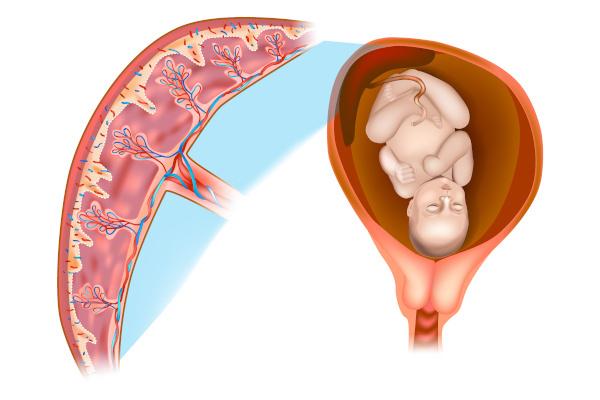You embryonic attachments, as the name suggests, they are structures linked to the body of the embryo that guarantee the initial development of the animals. Without these attachments, the survival of the new being would not be possible, as their vital functions would be impaired, as they would not be able to breathe, nourish themselves, and excrete toxic substances. Embryonic attachments are:
amnion;
corium;
yolk sac;
allantoic.
O umbilical cord and placenta they are considered embryonic attachments only by some authors.
Read too: Reproduction and development
What are embryonic attachments?
Embryonic attachments are accessory structures to the body of the animal embryo that relate to different functions, such as nutrition, respiration, excretion and protection. They are also called extraembryonic membranes, an expression that emphasizes the fact that these structures are not part of the body of the embryo itself.
Video Lesson: Embryonic Attachments
What are embryonic attachments?
Embryonic attachments are
amnion, chorion, yolk sac and allantoic. It is noteworthy that some authors do not consider the umbilical cord and placenta as embryonic attachments. Other authors, however, include these structures as embryonic attachments and do so due to the fact that the umbilical cord contain allantois and its vessels and because the placenta has a fetal component (villi corals).Characteristics and functions of embryonic attachments
Amnion
is absent in fish and amphibians, being observed only in reptiles, birds and mammals, that is, in the group of amniotes. It is characterized by being a resistant membrane that forms a pouch that encloses the entire embryo. The amniotic sac or vesicle contains the amniotic fluid, which works by preventing dehydration, maintaining the temperature and protecting the organism from mechanical shocks and adhesions that may arise, such as between the embryo and the shell of the egg.
O amniotic egg receives this name due to the presence of the amnion. It undoubtedly was an important evolutionary novelty for life in the terrestrial environment, as it ensured that tetrapods reduced their dependence on the aquatic environment. In addition to the amnion, the amniotic egg has other embryonic attachments: the chorion, yolk sac and allantoid.

Chorium
The chorion or chorion is present in reptiles, birds and mammals, but it does not occur in fish and amphibians. In reptiles and birds, the corium is the outermost attachment, being smooth and resistant. In mammals, this attachment is modified to form part of the placenta, forming extensions called chorionic villi, which are responsible for increasing the tissue contact surface maternal. Chorium has different functions, one of which is to guaranteethe gas exchange of the embryo.
yolk bag
The yolk sac is an embryonic attachment present in fish, reptiles, birds and mammals. This structure is related to the embryo nutrition, being a nutrient storage place. This attachment is an endodermal derivative externally coated with mesoderm and growing around the calf. The yolk sac connects to the intestine via the yolk pedicle. In viviparous mammals, the yolk sac is reduced and is not related to embryo nutrition, this function being performed by the placenta.
Read too: Types of eggs regarding calf distribution
allantoic
The allantoid is an embryonic attachment present in reptiles, birds and mammals, being absent in fish and amphibians. It is related to two main functions: storage of products from the embryo's excretion and the performance of gas exchange.

The umbilical cord
The umbilical cord develops from the involvement of the amnion around the yolk sac and allantoic pedicle. This cord works by ensuring that nutrients are transported from the mother's body to the fetus and that catabolites are removed in the opposite direction.
Placenta
The placenta is a transitory organ present in mammals eutheriums that guarantees the connection of the maternal organism to the embryo. The placenta performs different functions, being related to respiration, nutrition, excretion and secretion.
By Vanessa Sardinha dos Santos
Biology teacher
Source: Brazil School - https://brasilescola.uol.com.br/biologia/anexos-embrionarios.htm
